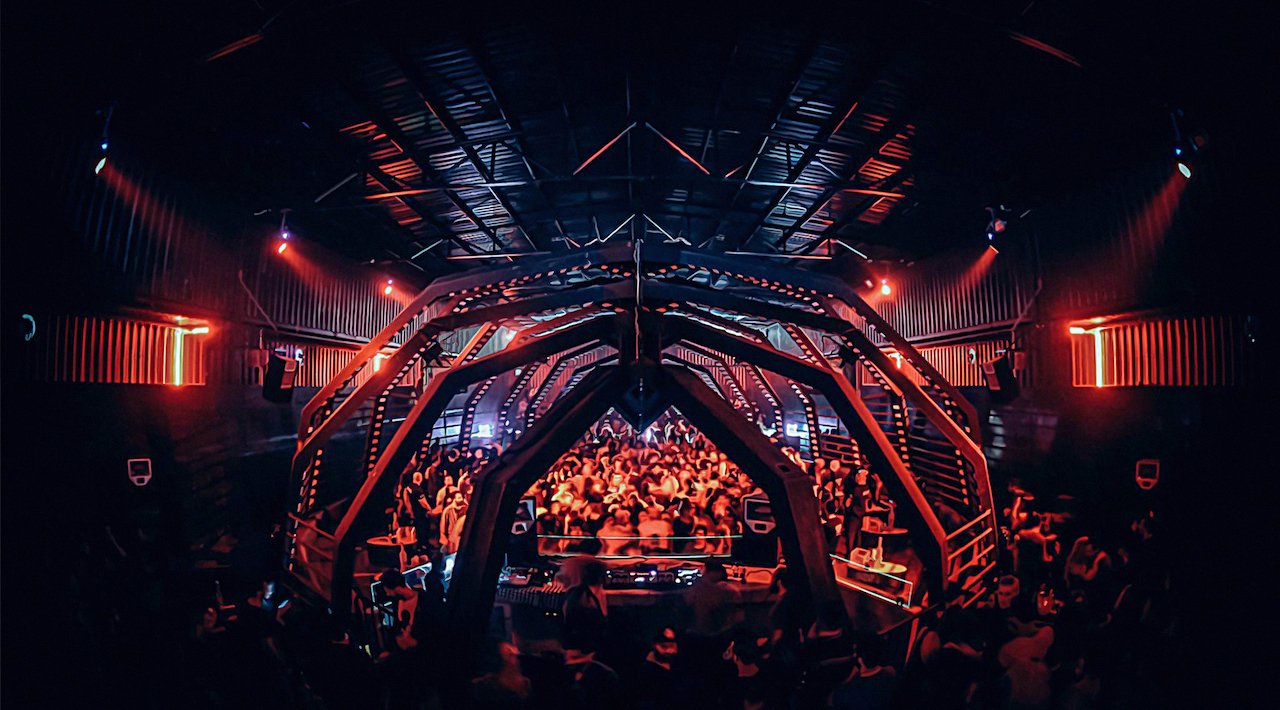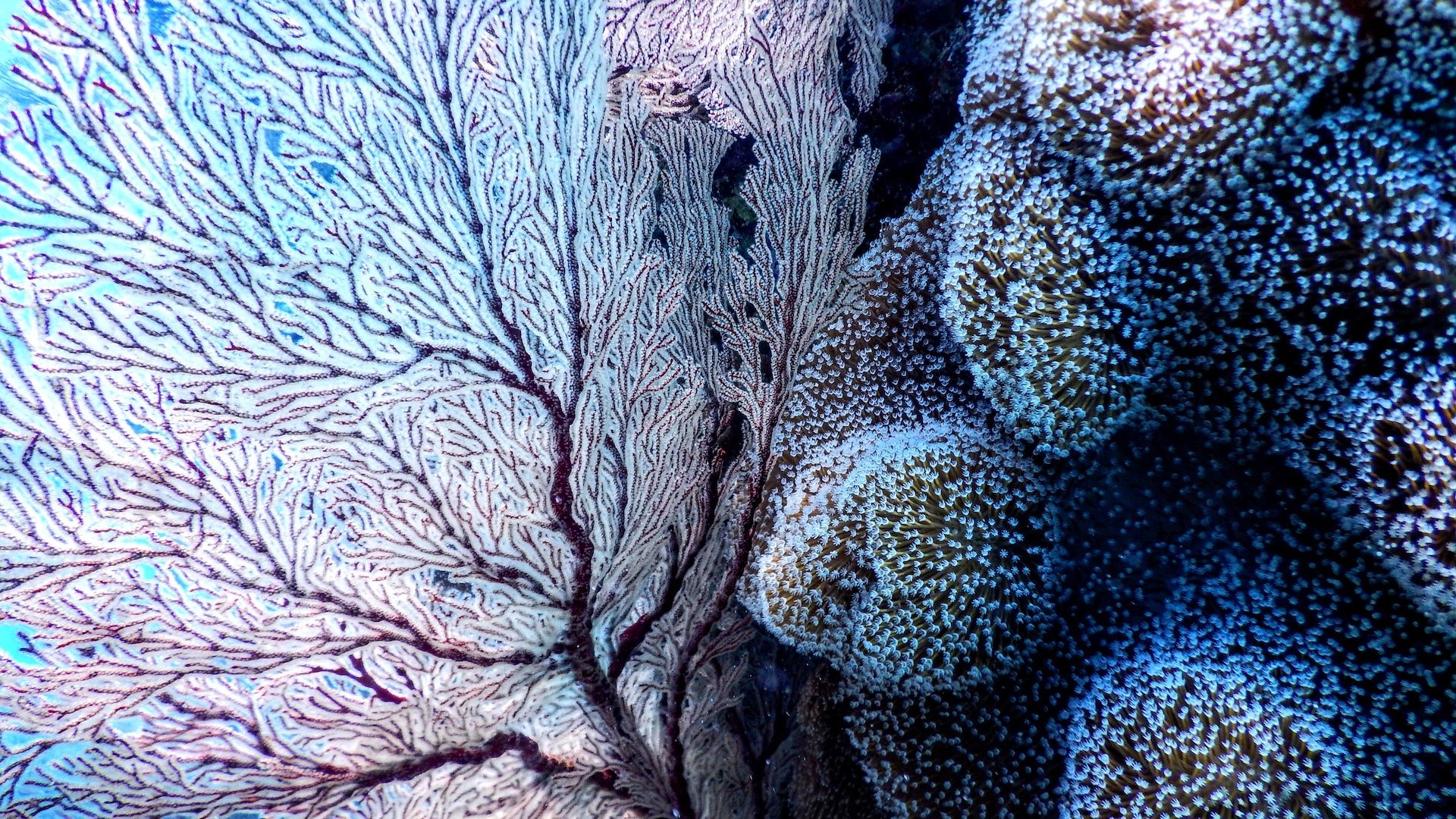What is neuroaesthetics?
Neuroaesthetics is a field of experimental science that aims to combine neuro-psychological research with aesthetics. It investigates the ‘perception, production, and response to art, as well as interactions with objects and scenes that evoke an intense feeling, often of pleasure’. In simple terms, neuroaesthetics explores the effect that beauty and art have on the human brain and our sense of well being.
Valiant Clinic, City Walk, Dubai
How does this relate to interior design?
Veterans in the field will agree – interior design is both a science and an art. While the artistic component of interior design is its most visible aspect, there is a respectable amount of science that informs a lot of the decisions that drive good design.
The primary goal of an interior designer is to make decisions that will lead to the design and development of a space that is comforting and effective. Comfort and effectiveness can mean different things depending on the context. For example, corporate, healthcare, or education sectors have different expectations from their built environments. According to Susan Magsamen, the International Arts + Mind Lab’s executive director, “Small design considerations may not have a noticeable effect, but they add up to a greater whole. Informed by neuroaesthetics studies, interior designers can make individual design choices with an eye to how they will contribute to the overall effect. Taking a sensory perspective on healthcare spaces changes the lens on design at every aspect.”
Intersect by Lexus
Neuroaesthetics in practice
Three masters in their own field – Plato, Vitruvius and Palladio – have all tried to convey the same point using different words: the three qualities of a successful space are form, use and beauty. The design choices we make in regards to these three are critical to the well being of the people who inhabit the space. But the combination and impact of the three qualities can vary from person to person and space to space. The growing field of neuroaesthetics taps directly into these qualities and the emotions associated with them, giving designers valuable new insights.
We’ve spoken about biophilic design several times before. How we perceive natural patterns and stimuli, and our reaction to them, stems from a hardwiring in our brains. A lot of these patterns can be employed to create designs that invoke positive emotions in a person. But neuroaesthetics isn’t a perfect science, as we’ll soon see.
One school of thought advocates for symmetry in design. The balance invokes a sense of calm and composure in the mind. This translates to mental comfort because our brains appreciate the balance of structure and space. On the other hand, feng shui master Anjie Cho, based out of New York and author of the book Holistic Spaces – 108 Ways to Create a Mindful and Peaceful Home, believes that symmetry is boring and not interesting to the eye. This is true to some extent. Repeated, symmetrical patterns can become boring. A dash of randomness and a pop of colour goes a long way towards creating excitement. This is also an approach used in biophilic design.
Donald H. Ruggles, an architect based in Denver and author of the book, Beauty, Neuroscience & Architecture: Timeless Patterns and Their Impact On Our Well-Being, says that beauty has been often considered as an individual assessment of a visual pattern. According to his book, jagged surfaces or sharp edges can cause anxiety and our brain may perceive these as threats. This in turn makes us uncomfortable and then triggers a fight or flight response, often leaving us uneasy.
Professor and neuroscientist, Harry Franci Mallgrove, says it best: “Beauty, like art, is a neurological activity, an urge for and feeling of pleasure… and associated with awe or wonder”. In their own way, designers embed implicit signals in their designs. A ballroom can serve the same function as a nightclub, but the difference in design tells our brains what to expect, and in turn how to behave in such spaces. The design of a space is often what drives emotions of warmth, excitement, or wonder. There’s a reason why clinics, gyms, or bars make you feel a certain way.

Uberhaus nightclub in Lebanon, designed by Rabih Geha
Ivy Ross, Google’s vice president of hardware design, was recently quoted saying, “With neuroscience now, you can prove the things that designers and artists have always known – that aesthetics (which is not just making things look pretty, but enlivening all the sensory systems through space, colour, texture, music, and shape) affects our brain, our physiology, and our well-being. Not everyone understands the power of that, but now neuroscience is able to show that.” The insights from this field will no doubt help designers make scientifically informed decisions about the spaces and people they’re designing for.







